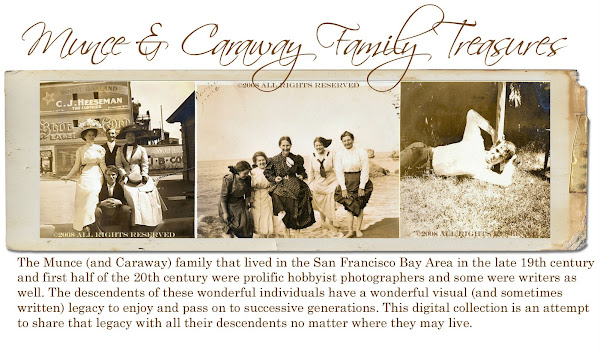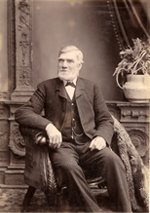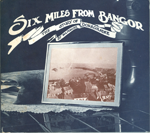
There’s a sweet little village in Erin’s green Isle,
Where the beam of pure friendship for ever does smile-
Still dear to my heart whatsoever I roam, -
‘Tis the place of my birth, ‘tis my dear native home.
The smiles of the summer there longest remain,
And the rose sheds its odour through Daniel’s domain,*
Where the maid and her lover are welcome to roam
O’oer the beautiful walks of my dear native home.
By the clear purling stream leading to the mill,
Where the willow and evergreen hang o’er it still-
When it falls in the fish pond and spreads out in foam-
Show the grandeur and taste of my dear native home.
Its old Danish moat from afar may be seen,
With its round winding path and strong magazine-
With the flag of old England that floats o’er the dome,
Sheds a glory and grace round my dear native home.
The spire of the church in its beauty appears,
Unhurt by the malice or mildew of years;
To the sleepers around it fond memory does roam,
Who wander’d with me round my dear native home.
Sweet scene of my childhood, still dear to my heart,
I can meet you in smiles, but in tears will depart;
For the want of employment compels me to roam
Away from the shades of my dear native home.
Fair shade of Carnathon, how grand you appear!
But where are the comrades who oft wander’d here?
Do they sleep in the dust, or like me do they roam,
And sigh for one look of their dear native home?
Wherever they wander, forget they ne’er will
The stone of remembrance that stands on the hill,
Where the maids in the evening light-hearted do roam,
And sing the lov’d songs of my dear native home.
Those dear hallow’d scenes I may ne’er see again;
May peace, love, and friendship still with them remain’
Till my heart cease to beat and be laid in the tomb,
With delight I’ll look back to my dear native home.






